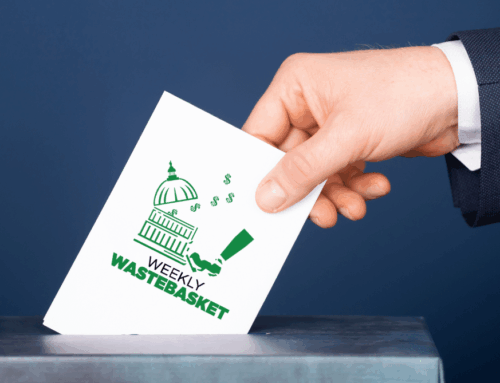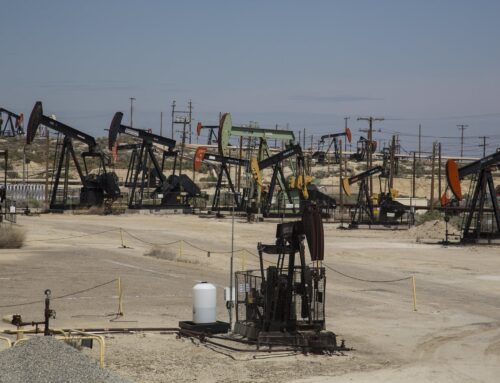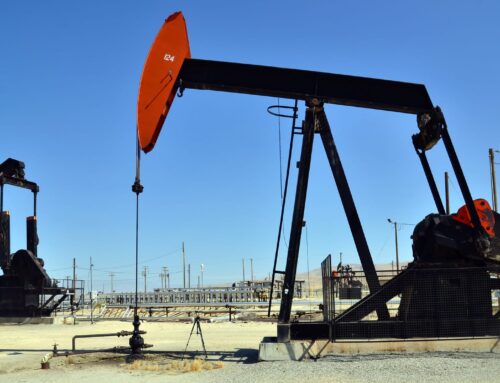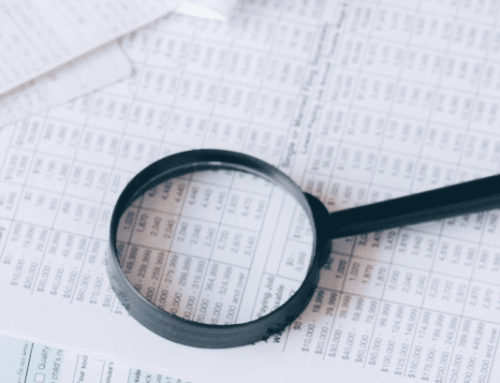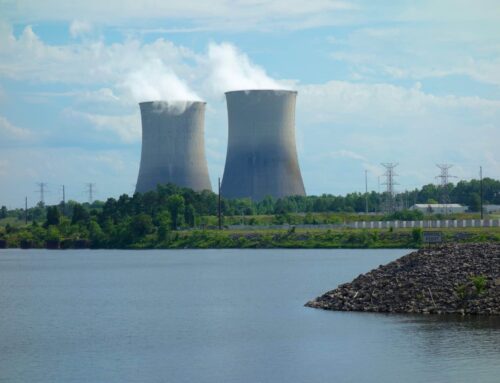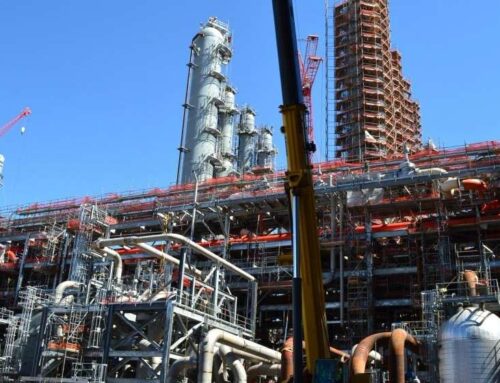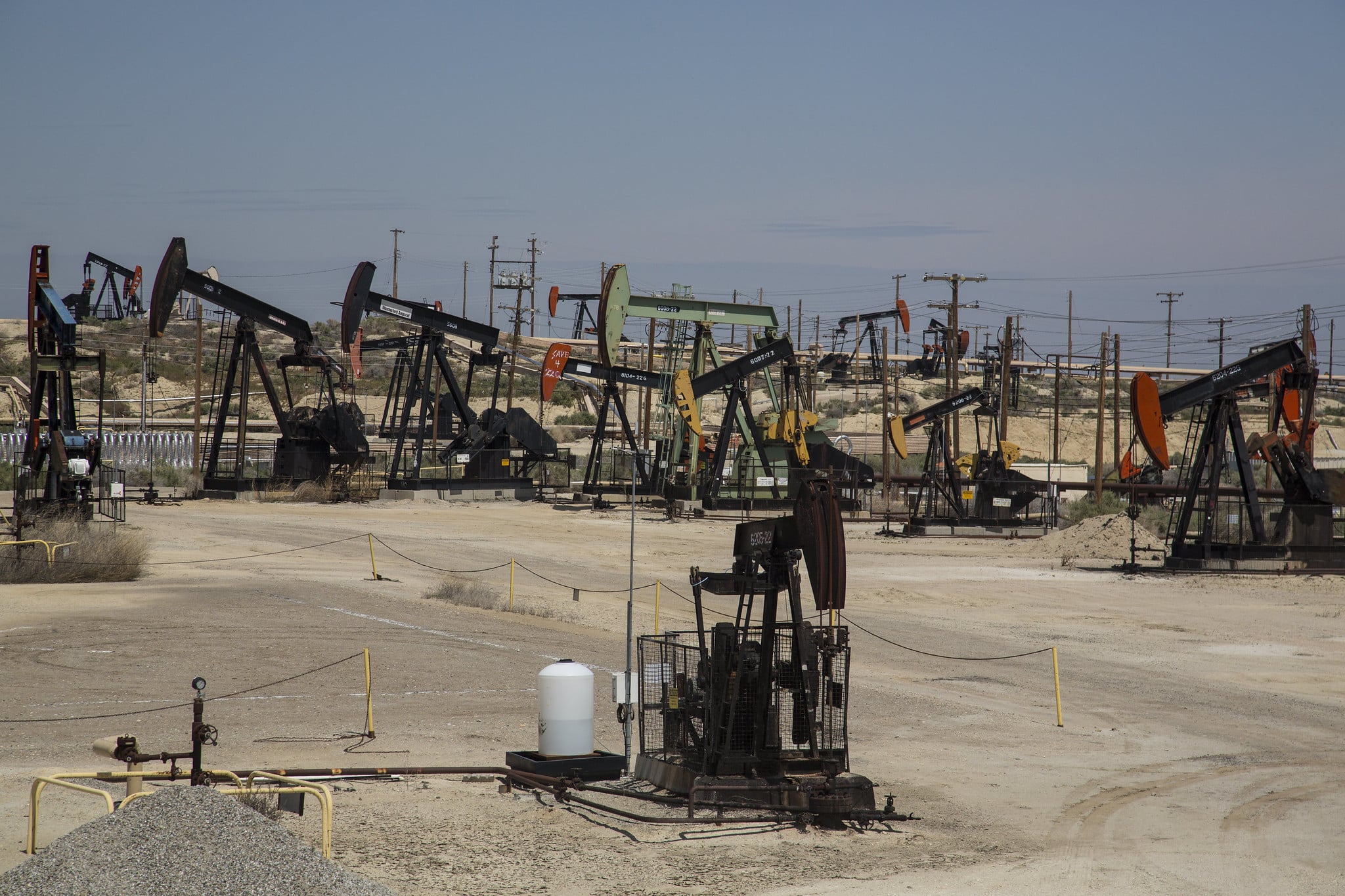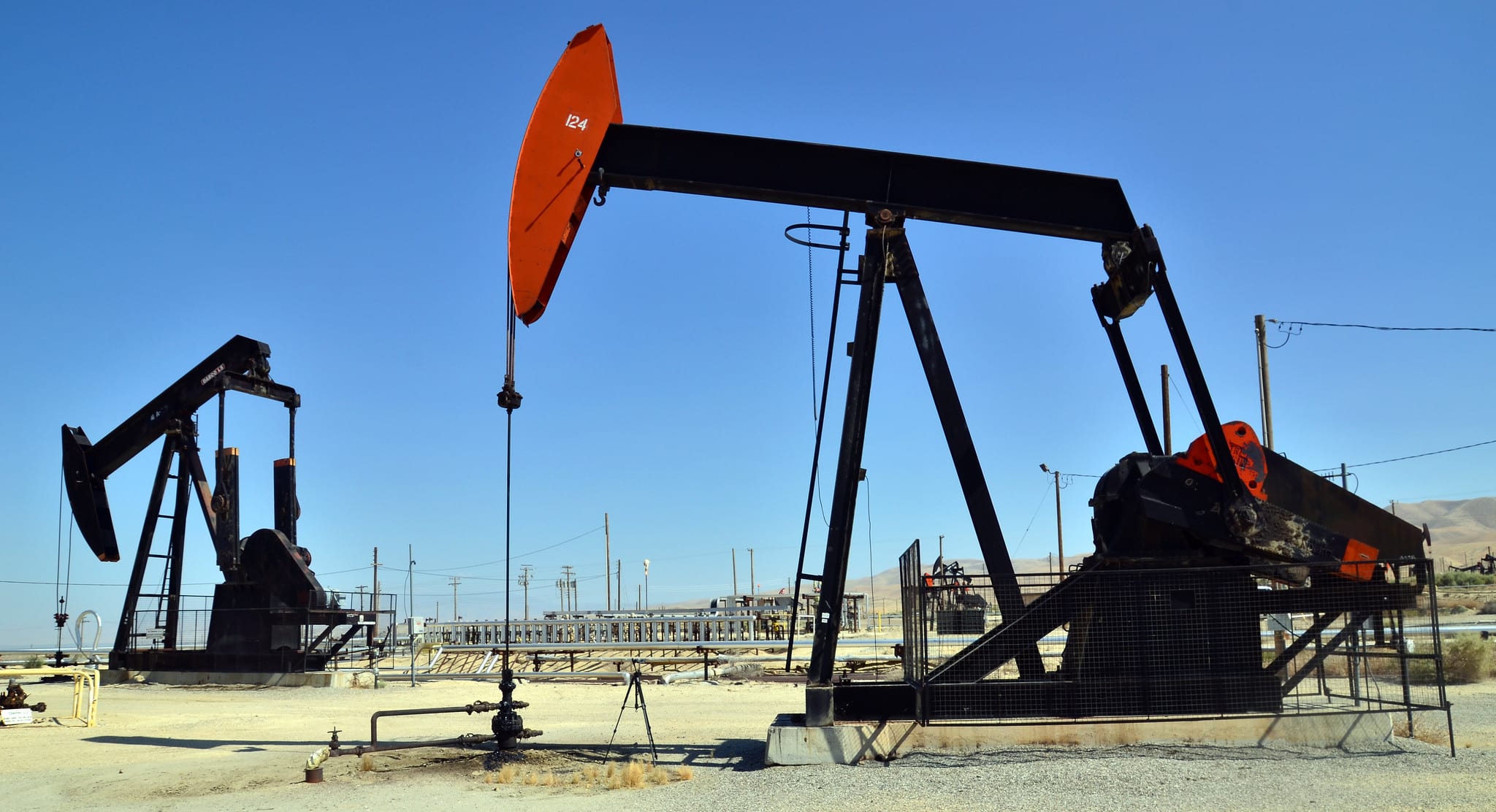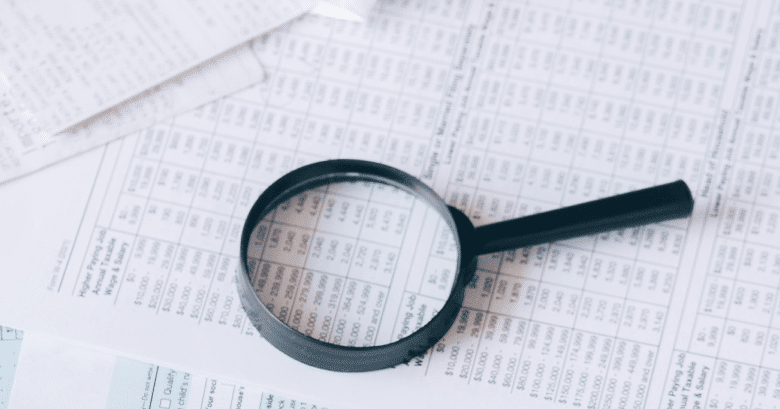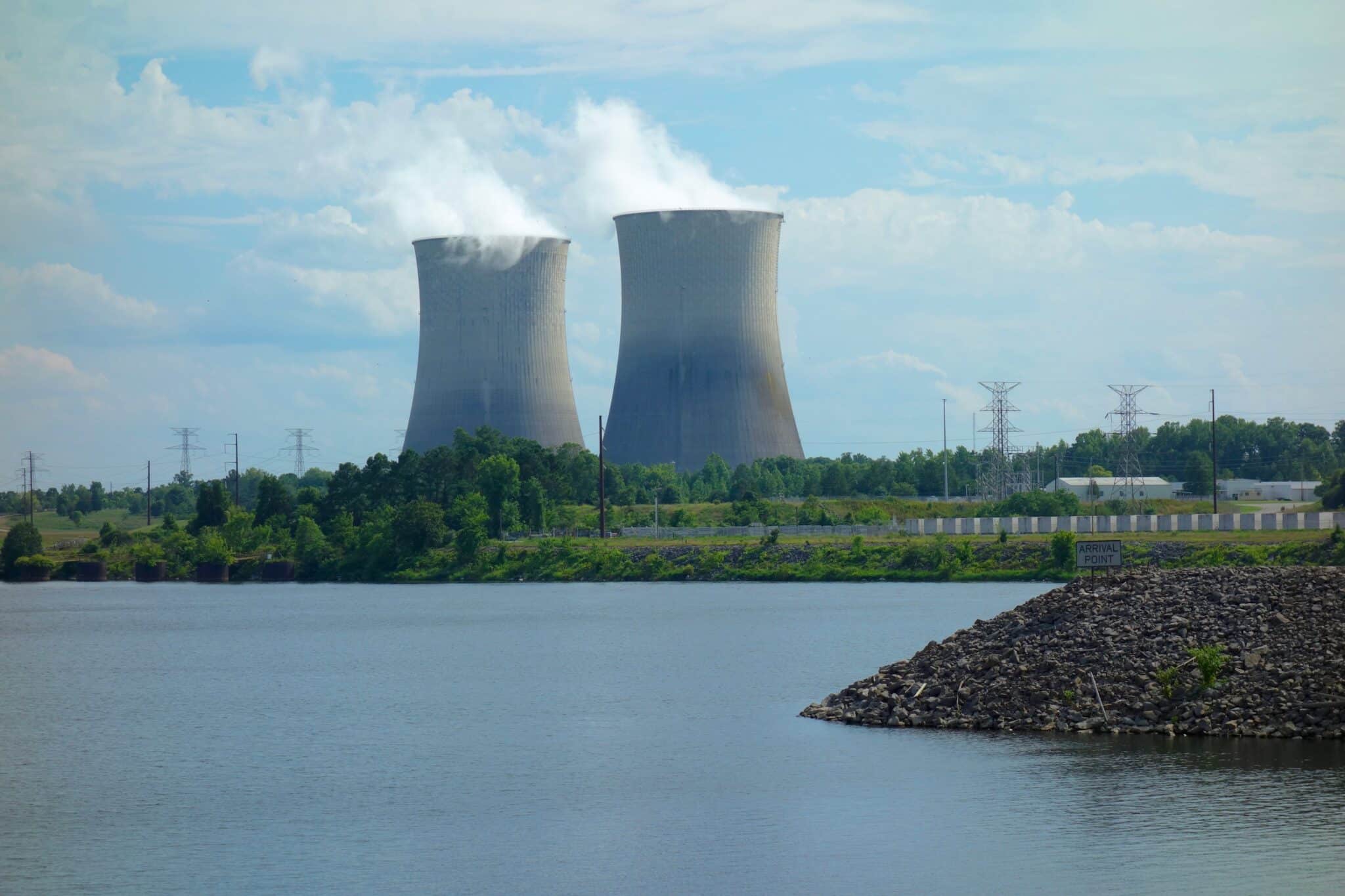On October 21, the federal government leased 2,068 acres of public land in North Dakota for oil and gas development at the recently reduced federal royalty rate of 12.5%. The result is an estimated $4.3 million in lost royalty revenue over the lifespan of these leases.
America's public lands and natural resources belong to taxpayers and must be managed responsibly. Below market rates recklessly give away our valuable resources.
Taxpayers lose when the federal government leases our federal lands at rock bottom prices to private companies who extract and sell the oil and gas for their own profit.
For decades, the federal oil and gas leasing program lagged behind the private market and rates charged on state lands. Outdated terms hadn't even kept pace with inflation. In 2022, long-overdue reforms modernized the system by raising royalty rates, updating fees, and ending giveaways like noncompetitive leasing. But this summer, the FY2025 budget reconciliation bill rolled back many of those improvements—slashing the federal royalty rate from 16.67% back to its 1920s rate of 12.5% and re-implementing a loophole that allows companies to bypass competitive auction. Taxpayers are being shortchanged once again as companies lock in decades of drilling under terms that don't reflect the true value of America's oil and gas resources.

Today's lease sale offered and leased four parcels of land in McKenzie County ND—between 160 and 640 acres each—for oil and gas development. McKenzie County has the most producing wells in the state and accounts for the largest share of oil and gas production. The lease sale had a high average bid per acre but, unfortunately for taxpayers, the leases were issued at the outdated 12.5% rate, locking in a century-old rate for decades.
Competitive, market rate royalty terms do not affect industry interest or production decisions—lowering rates only shortchanges taxpayers by reducing future royalty revenue. In North Dakota alone, taxpayers lost an estimated $1.2 billion in revenue from FY2013 to FY2022 under the 12.5% rate. With record-high production across the U.S., losses will continue or even grow worse. Because revenue is shared between the federal treasury and states, North Dakotans also lose funds for schools, infrastructure, and other local priorities.
The Bureau of Land Management estimates that the parcels sold today will result in roughly 8 wells. Using average production on federal lands in North Dakota over the last decade, these parcels could yield 115,000 barrels of oil and 259 million cubic feet of natural gas every year of active production. Based on the White House Budget Office's 2025 price projections—used to estimate federal royalty revenue from onshore leases—that production could be worth roughly $10.3 million annually. At the 12.5% rate, taxpayers would see about $1.3 million each year—$428,000 less than they would under a 16.67% rate. Over a conservative 10-year lifespan, that's about $4.3 million in lost revenue.
North Dakota can play an important role in American energy production. But taxpayers should not be shortchanged. The oil and gas developed on federal lands belongs to the American people, and leasing terms should ensure these resources aren't given away for less than they're worth.

